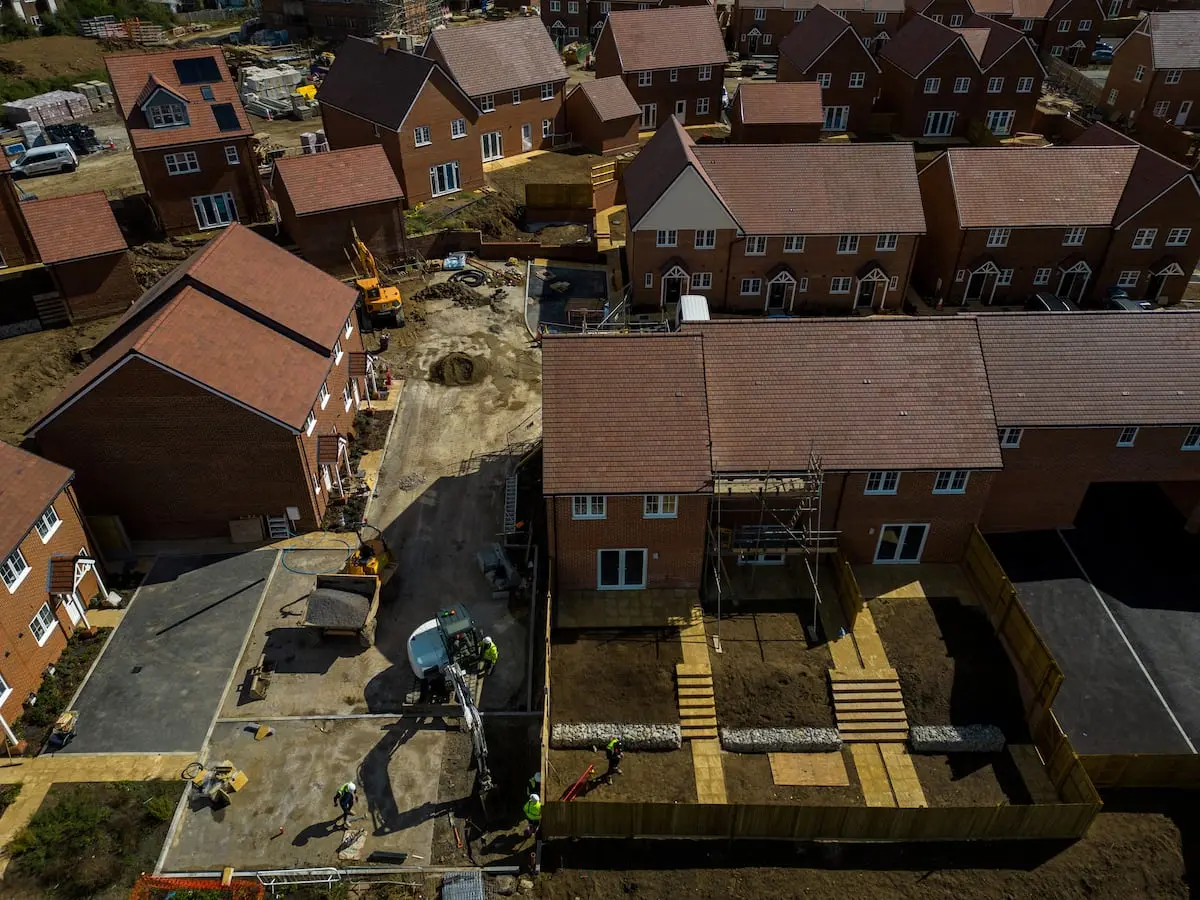Prices have risen by 54% in the United States, 32% in China and nearly 15% in the European Union between 2015 and 2024. Though policies have been implemented to increase supply and regulate rentals, their impact has been limited and the problem is getting worse
Housing access has become a critical issue worldwide, with cities that were once accessible reaching unsustainable price points. Solutions that have been proposed, like building more houses, capping rents, investing in subsidized housing and limiting the purchase of properties by foreigners have not stemmed the issue’s spread. Between 2015 and 2024, prices rose by 54% in the United States, 32% in China and by nearly 15% in the European Union (including by 26% in Spain), according to the Organisation for Economic Co-operation and Development.
…
Salaries have not grown apace with real estate prices. In the EU, the median rent rose by 20% between 2010 and 2022, with rental and purchase prices growing by up to 48%, according to Eurostat. Underregulated markets are wreaking havoc, and in the United States and Spain, 20% of renters spend more than 40% of their income on housing, while in France, Italy, Portugal and Greece, that percentage varies between 10% and 15%, according to the OECD. Many countries have created programs aimed at increasing the future supply of public housing, but their effectiveness has yet to be determined and analysts say that results will be limited if smarter regional planning decisions are not made.



When I make a random observation I like to put “[off topic]” at the start.
I make the $1.00 minimum wage/$11,000.00 house argument a lot because it so clearly shows how far down we’ve gone.
A lot of people try to refute it by pointing out how much “richer” people are today.
I was confused because I thought you were trying to address the main point, not adding an aside
See?
You said:
And my comment followed directly from this, wondering how possible it might be to achieve a past, arguably lesser, standard of living today. Attempting that would bring any wage/price gap with the past into focus by eliminating the overhead costs of modern regulatory bars, and the lifestyle creep factor that people sometimes cite. This is decidedly on-topic.
I don’t think that the 1960’s life style was ‘lesser’ than today’s by any means.
Check “Hell’s Angels” by Hunter Thompson. There’s a chapter where he runs down the economics of being a hippie/biker/drop out.
A biker could work six months as a Union stevedore and then go on the road for two years. A part time waitress could support herself and her musician boy freind.
There was a popular travel series. The first book was “Europe on $5.00 A Day.” Eventually, they had “Paris…” “London…” and other great vacations all for $5.00/day.
Sporting events, movies, and concerts were much cheaper.
If you wanted distraction, there were book stalls and news stands everywhere.
Without getting into subjective topics like what it was like to be alive in the 1960s, there’s certainly a few ways you can argue that delivering on today’s building codes is more complex than it was back in those times. Buildings are also safer now as a result. This is a simple thing and surely never took up an iota of HST’s attention, but it’s a straightforward fact about how you just get more now than you did then, even if it is something invisible like the safety of improved electrical wiring.
If you want to argue the minutia of building codes of the past, I’m sure there’s a sub for that.
Removed by mod
Read the rules.